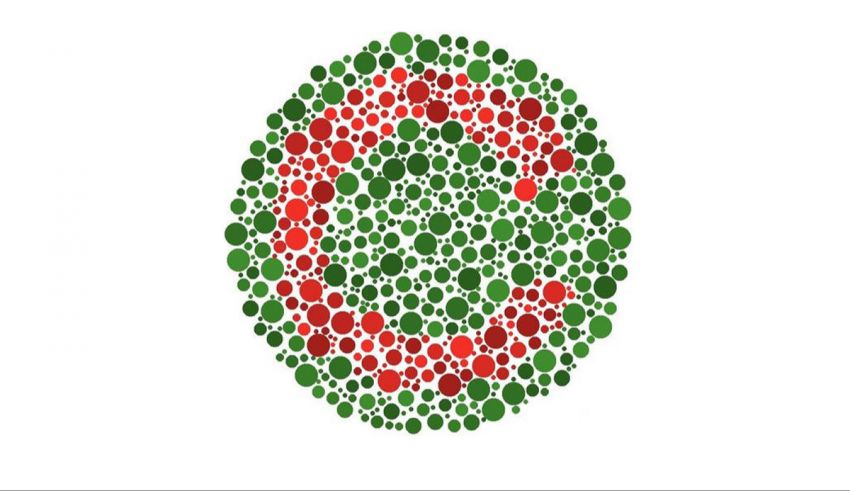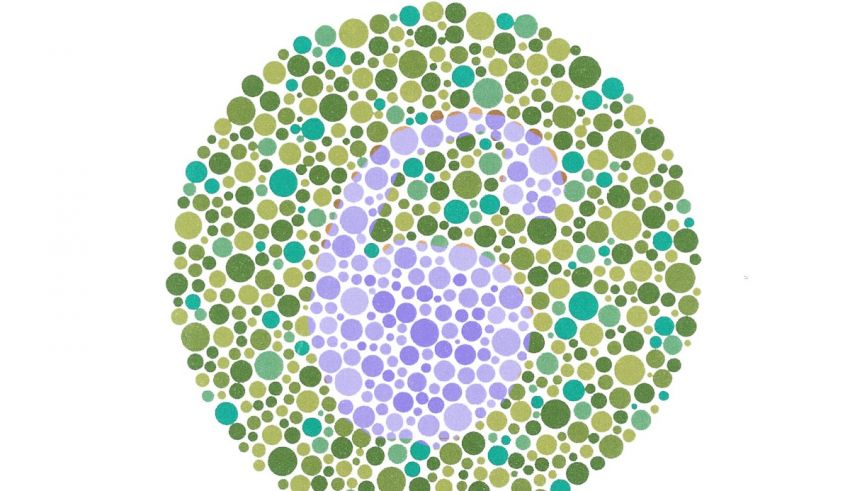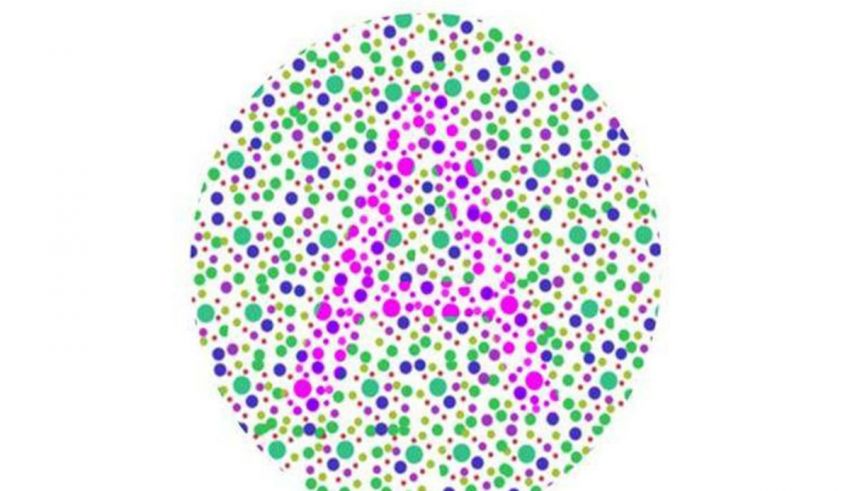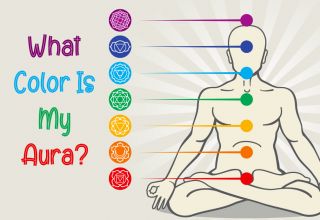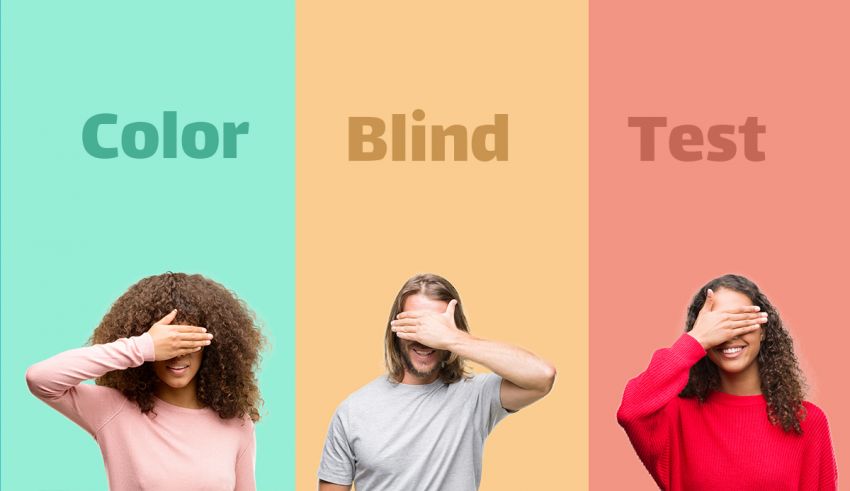
What Is Color Blind Test
What do you think about color blind people? Most of you might think these people only see everything in black and white. But that’s not true because they see a limited range of colors, and in rare cases, they see gray everywhere.
When a doctor performs a color blind test, most patients do not recognize the green and red colors. But others have trouble recognizing blue and yellow. It is a hereditary disease and occurs more often in men than in women.
So what is the best way to diagnose this disorder? The color blind test is the only way to do this, and there is no other way. This test has a variety of forms that you can find online instead of visiting an optometrist. But if the test results show that you have color vision problems, you must see an ophthalmologist.
What is Color Vision Deficiency (CVD)?
The retina is covered by millions of light receptors called rods and cones. These receptors are very sensitive to light and transmit light through the optic nerve to the brain by nerve impulses. There are six million cones in the center of the retina. These receptors are responsible for the correct processing of the primary colors, red, green, and blue, making you see a wide range of hues.
If chromosomal abnormalities occur in cone cells, people can not correctly identify colors. And it is called color blindness. It is a genetic disease that is more common in men than in women as the light receptors in the retina cannot react to different wavelengths and convert them into neural impulses. In addition to inheritance, other conditions such as Parkinson’s and Retinal problems also cause CVD. There are different types of this disorder:
Protan-type CVD
This is also known as red-green blindness because the L-cones of the retina, which is responsible for receiving long-wavelength light such as red, are damaged. And this cell’s spectral sensitivity is shifted to shorter wavelengths, and the retina gets too much green light. So, they can see more dark red and green. Common problems of Protan-type CVD are:
- Purple hues look more like blue,
- Pink colors appear to be gray
Some doctors prefer to use a reverse color blind test to diagnose this disorder. In this test, patients are usually asked to identify numbers or shapes with different digits within a diverse colored background. This test is best for detecting the type of CVD.
Deutan-type CVD
This disorder is the opposite of the Protan-type, and patients’ retina receives more red light and not enough green light. And the reason for this is that M-cone cells, which are responsible for processing medium wavelength light, such as green, are transferred to longer wavelengths like red. Common problems of Deutan-type CVD are:
- Confusion between green and yellow
- Confusion between blue and purple
- Seeing green as pale green or sometimes white
- Confusion between pink and gray or white
Tritan- type CVD
This is also known as “yellow-blue blindness,” which occurs due to damage to S-cone cells responsible for processing short-wavelength light such as blue. This type of blindness is rarely inherited from birth and is more likely to be caused by diseases associated with aging, such as cataracts, glaucoma, and age-related macular degeneration. These patients do not see blue well and are often confused between blue and green.
The color arrangement test is another color blind test that is also used for this case. This test is not only interesting for people but also a practical way of understanding vision deficiency. In this test, people are asked to arrange the most similar colors. Patients do not place colors in the right order but parallel to one of the three mixed lines: Protan, Deutan, and Tritan.
Achromatopsia
This is a rare disorder in which a person can’t see any hue and typically sees everything in black and white. In Achromatopsia, none of the cone cells can receive light. As a result, a person does not know any hue. It is one of the worse types of this condition, which is often caused by progressive cone dystrophy over time and is very stressful.
It is unnecessary to use a hard color blind test to diagnose this defect because, with a simple test, you can find out that she/he is Achromatopsia. Because these people do not recognize any color, so if you ask them to sort the colors in an online test, they will not be able to do this.
Color Vision Deficiency in kids
Teaching colors is one of the most basic educational methods for children, usually starting at two. You might be one of the parents who noticed your child’s abnormal diagnosis during education. The first thing that comes to mind is, “Is my baby color blind?”
So, don’t panic and look for the color blind test for kids calmly and evaluate your child’s vision online. In order to measure the form and degree of color blindness, this test commonly uses the “hidden number” task method combined with a computer-adaptive algorithm. This test is designed for different ages, and you can choose one of them according to your child’s age. See an ophthalmologist if you notice any abnormalities after the test.
Color blindness treatment
To date, there is no definitive treatment for this disorder. But a few years ago, researchers found positive outcomes in a monkey gene experiment. Doing these experiments on the human genome is a very complex and dangerous task and requires sufficient experience and skill. That is why scientists hope to find a cure for this disease soon.
CVD affects human life in various ways. These people have difficulty performing more professional activities, such as painting and drawing, or activities involving high visual acuity, such as complex electrical wiring. Unfortunately, there is currently no cure for color blindness. Some methods can help these people perform more effectively, such as smartphone applications that can help people recognize colors.



